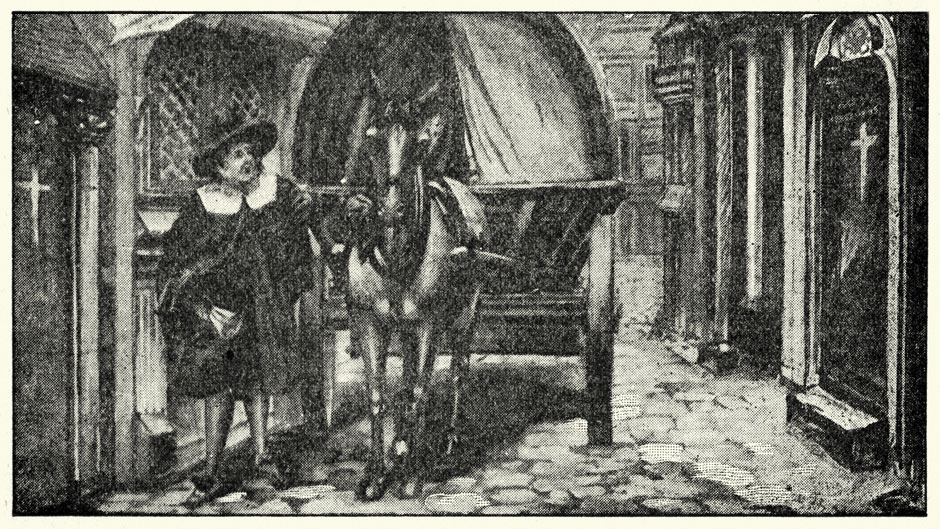The Black Death swept through Europe in 1347, carried by fleas on black rats, and killed 25 million or more—at least one-third of the European continent.
The Spanish Flu of 1918, which came in three waves, killed around 50 million people worldwide. Nearly 675,000 of those deaths were in the United States.
Pandemics, such as those caused by the COVID-19 virus, can wreak havoc and leave behind many deaths, diminished economies, and displaced citizens. But there are lessons to be taken from them.
Hugh M. Thomas, professor of history and director of the Center for the Humanities at the University of Miami, previously gave a seminar, “The Black Death to Coronavirus,” where he explored the history of plagues.
By far, the deadliest of the plagues was the Black Death, he said. Although exact figures are not known, it killed as much as 50 percent of the population in many areas. A city like Florence, in Italy, lost almost 70 percent of its population; a small village in England lost the same percentage of its residents.
“Think of a situation where half of your family was gone or half of your friends were gone,” he said. The Black Death was a bacterial pandemic unlike COVID-19, which is a virus. It entered the system and attacked the lymph nodes. Bulbous eruptions would appear throughout the body accompanied by fever, headaches, and chills.
Since there was no medical know-how at the time, many of its victims died days after having contracting the disease. The plague would stick around for about six weeks either killing or leaving others with herd immunity, said Thomas.
To the medieval mind—which did not have knowledge of germs or bacteria—the advent of plagues left them perplexed. Some thought it was due to “bad air;” others attributed it to unusual alignments in the astrological realm, according to Thomas. Some believed that Jews were poisoning water wells, and some 2,000 Jews were burned in Strasbourg, France, because of this belief, Thomas explained. Others believed that God was angry with humanity and had sent the disease as punishment.
But the pandemic also brought some positive news—especially for the peasants. Prior to the plague, they toiled in the fields for low wages and lived in modest quarters. After the Black Death, there was a surplus of land and “if you were a landlord who needs tenants to farm the land, you have half the work force available,” Thomas said.
“Peasants would still be tenants, but they could expand on the land and have more food, better shelter, and clothing,” Thomas added. “They were less likely to starve.”
The Black Death did not have many political ramifications. “Wars kept going on but with less soldiers,” he said.
For medieval people pandemics were almost supernatural. They did not have the scientific knowledge to understand its origins and ways to contain it. Thomas believes that current generations can learn from the COVID-19 pandemic, even if it is very different from the Black Death.
According to Thomas, our economy is complex; so, it will be more difficult to stabilize than medieval economies. But in the long term, there will have been much less impact for society since the mortality numbers are much less than with the Black Death.
Certainly, in the short term, society must realize that it is a blessing to have modern medicine, he noted. Yet more resources must be allocated to prepare for the next plague—including more research and more work to develop a vaccine, Thomas added.
There is another lesson to be learned from this, the history professor pointed out.
“Trust in professionals is an important lesson to take from this,” said Thomas. “Medical professionals are learning lessons that will help us with the next pandemic. Next time it happens, people should listen to public health officials that have learned from this and can draw lessons from it.”

